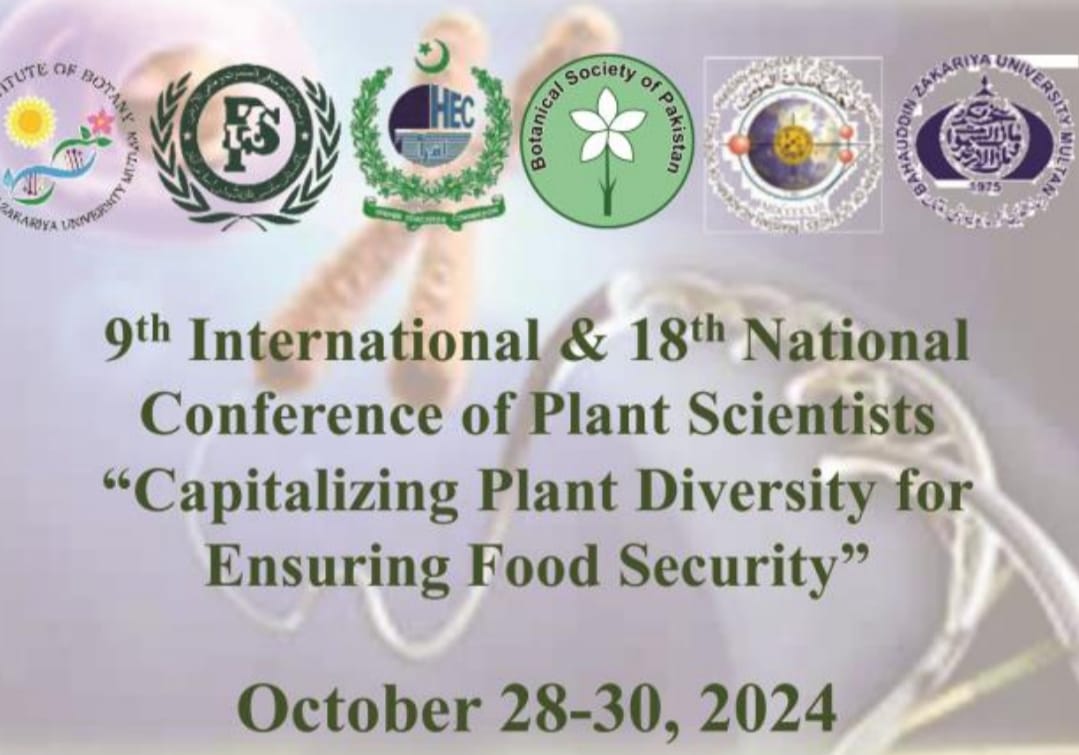
PJB-2023-450
Chemical evaluation of saponifiable and unsaponifiable parts of canola and soyabean oil deodorizer distillates
Hadia Shoaib
Abstract
Deodorizer distillate (DD) is a cheap and valuable by-product acquired as a result of the deodorization process during the refining of edible oils. It is a unique combination of several health-promoting components i.e., squalene, tocopherols, and. Phytosterols. This work was designed to characterize the deodorizer distillate of canola oil (CODD) and soybean oil (SODD) obtained from the edible oil industry. To determine the physiochemical parameters of the sample, AOCS methods were employed, while a chromatographic technique coupled with mass spectrometry was utilized to separate, detect, and measure the various components in the saponifiable and unsaponifiable parts of DD. Results indicated that the saponification value (SV) of CODD and SODD was found to be higher (162.1 and 165.2 mg KOH/g), while free fatty acids (FFAs), peroxide value (PV), and iodine value (IV) were found to be 45.4 and 54.2 %, 7.45 and 6.82 meqO2/kg, 100.1 and 106.1 g I2/100 g, respectively. Contents of oleic acid (45.92 %) were extensively higher in CODD. On the other hand, a high concentration of linoleic acid (28.42 %) was present in SODD. In the unsaponifiable matter of canola oil deodorizer distillate (USM-CODD), tocopherols concentration was the most abundant (4.26 %), whereas the highest amount of squalene (20.99 %) was present in the unsaponifiable matter of soybean oil deodorizer distillate (USM-SODD). Gas chromatography-mass spectroscopy (GC-MS) yielded highly satisfactory outcomes in terms of concurrently determining the composition of tocopherols, sterols, hydrocarbons, and fatty acids in the saponifiable and unsaponifiable parts of canola and soybean DD. These results emphasize the complete profile of DD sample and enhance the use of DD in various foods, pharmaceutical and cosmetics preparations due to presence of valuable vitamin and sterols in waste DD.
To Cite this article:


